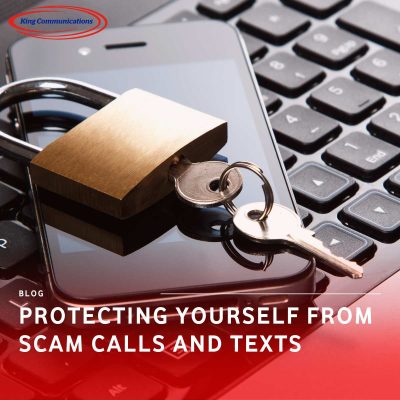Unwanted calls and messages can be incredibly frustrating, and scammers are always trying new ways to deceive people. While many of these attempts are blocked, some still manage to slip through. Here’s a guide to Protecting Yourself from Scam Calls and Texts.
Phone Scams (Vishing)
Vishing is a tactic where scammers pose as legitimate businesses or services over the phone, trying to extract personal or financial details from you.
How to Safeguard Yourself:
- Be skeptical of calls from unknown numbers, especially if they ask for sensitive information.
- Verify the identity of the caller by contacting the company directly using official channels before providing any details.
- Avoid rushing into decisions—scammers often create a sense of urgency to get what they want.
- Use caller ID and call-blocking apps to screen out suspicious numbers.
Text Message Scams (SMShing)
SMShing involves receiving fraudulent text messages that ask you to share personal information or click harmful links.
How to Protect Yourself:
- Don’t respond to texts from unfamiliar numbers or click on any embedded links.
- Block numbers that send suspicious messages to stop further attempts.
- If a message seems suspicious, verify it by contacting the company directly through their official contact information.
- Make sure your device has up-to-date security software to catch any malicious links or apps.
Spoofed Numbers
Number spoofing occurs when scammers manipulate the caller ID to make it look like the call is coming from a trusted source, such as a familiar contact or company.
How to Minimise Risks:
- Keep your phone number private and be cautious when sharing it online.
- Avoid using unsecured public Wi-Fi, which can make your device vulnerable to attacks.
- Enable two-factor authentication (2FA) on your accounts to add an extra layer of protection.
- Stay informed about scams and educate friends and family about these tactics so they can avoid falling prey to them.
What to Do If You’ve Been Targeted:
- Stop communication: Cut off contact with the scammer immediately.
- Report the incident: Inform local authorities or your bank if you’ve shared any personal information or made payments.
- Secure your accounts: Change your passwords and make sure your devices are protected with up-to-date security software.
Protecting Yourself from Scam Calls and Texts is easy by staying cautious and recognising the warning signs. Learn more here.

